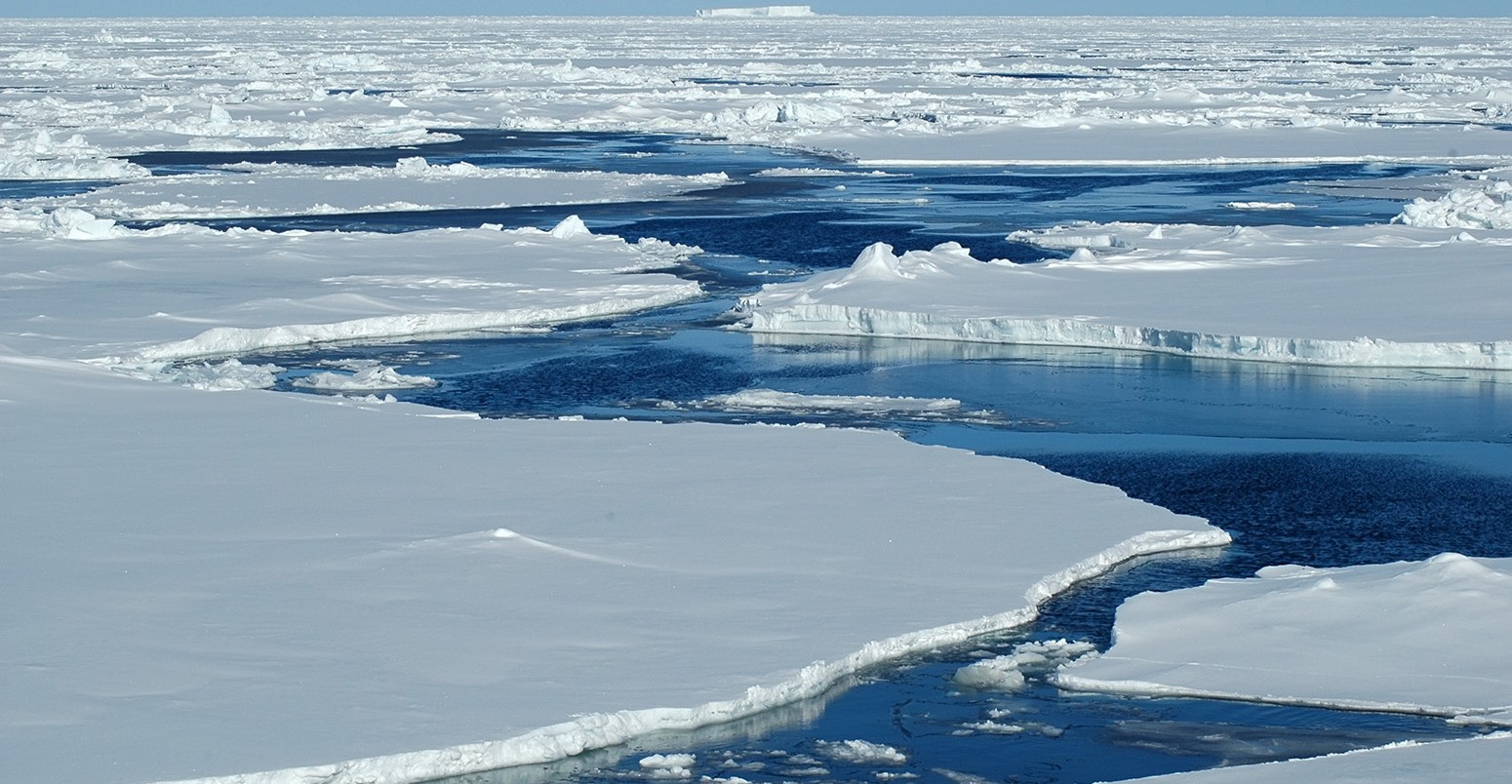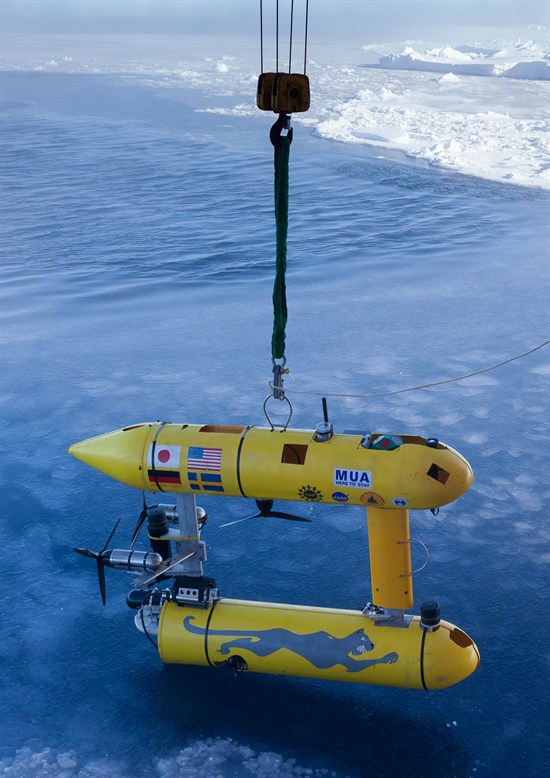
Remote-controlled submarines reveal Antarctic sea ice is thicker than previously thought
Robert McSweeney
11.24.14Robert McSweeney
24.11.2014 | 4:14pmNew research sees scientists using remote-controlled submarines to create 3D maps of Antarctic sea ice. And the results suggest sea ice is thicker than previously thought.
The area covered by Antarctic sea ice appears to be slightly growing each year, the reasons for which are proving hard to pin down. Today’s research adds another dimension to unravelling the complex goings-on around the South Pole.
Measuring ice thickness isn’t easy
Scientists have been monitoring changes at Earth’s poles for decades now. But the harsh conditions of the Antarctic make it difficult to get good measurements of the sea ice that surrounds the vast continent.
How and why Antarctic sea ice thickness is changing “remains one of the great unknowns in the climate system,” says Dr Ted Maksym of the Woods Hole Oceanographic Institution (WHOI) in Massachusetts.
While satellites are very good at measuring the extent, or area, of sea ice covering the ocean, they struggle when it comes to ice thickness. Satellite measurements can’t distinguish between ice and the snow lying on top of it, which makes it harder for scientists get accurate readings of its true depth.
Scientists can also make estimates of thickness from visual observations or by drilling into the ice itself. But these approaches are hampered by thick sea ice during winter and spring, which prevents ships from accessing parts of the Antarctic coast.
To overcome these limitations, Dr Maksym and his colleagues deployed ‘Autonomous Underwater Vehicles (AUVs)’, which are specially-designed unmanned submarines that measure ice thickness to within 10 centimetres.
The data from these submarines, published in Nature Geoscience, suggests that Antarctic sea ice is thicker than previously thought.

The AUV called ‘Puma’ ready for deployment through a very thin layer of Antarctic sea ice. Peter Kimball, WHOI.
Remote-controlled submarine
The researchers used AUVs to measure the thickness of sea ice in 10 different areas across three coastal regions of Antarctica.
Operated by remote control, the AUVs can track back and forth in a ‘lawnmower pattern’ beneath the sea ice. They measure ice thickness with sonar , which involves emitting a pulse of sound and timing how long the pulse takes to come back once it has bounced off the ice.
You can see a video of the AUV in action below.
AUV operations on SIPEX-II voyage to East Antarctica in September-October 2012. Peter Kimball, WHOI. (There is no sound with this video)
Most sea ice around Antarctica melts during the summer and refreezes in winter. Past research has suggested the ice is about a metre thick on average, reaching up to five metres in some places.
But the new research suggests those estimates might be on the low side, with more than 90 per cent of ice thicker than one metre, 40 per cent thicker than three metres, and almost 20 per cent thicker than five metres. The data suggests some areas of sea ice are as thick as 16 metres.
‘A huge step forward’
The new data about ice thickness allows the scientists to better understand what’s happening to sea ice around Antarctica.
Satellite records show the winter extent of sea ice is increasing in some regions of Antarctica, while decreasing in others. Overall, sea ice extent has been increasing by around 17,000 square kilometres per year since the late 1970s, though loss of Arctic sea ice at the North Pole is over three times greater.
But observations show the Southern Ocean that surrounds the Antarctic is warming faster than the other oceans.
Scientists think there could be several reasons that this is happening, though what exactly is going on is proving hard to pin down. These include refreezing of meltwater from ice shelves, changes in wind patterns caused by the hole in the ozone layer, and changes in ocean currents stopping warm water from rising to the surface.
Co-author Dr Guy Williams tells us that the research could help scientists understand what’s going on:
So it may be too soon to tell if Antarctic sea ice is getting thicker as well as covering a larger area as temperatures rise. But the new research is a taster of the information scientists will need to find out, and the technology that is helping them to get it.
Main image: Open passage in pack ice. © Armin Rose/Shutterstock.
Williams, G. et al. (2014) Thick and deformed Antarctic sea ice mapped with autonomous underwater vehicles, Nature Geoscience,doi.org/10.1038/ngeo2299

